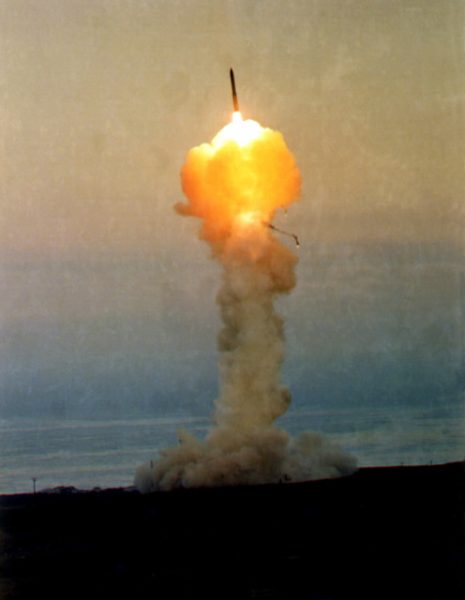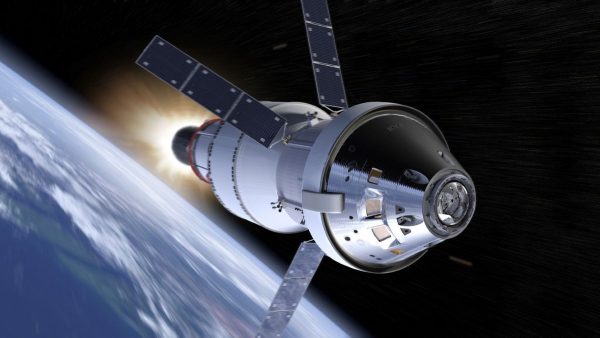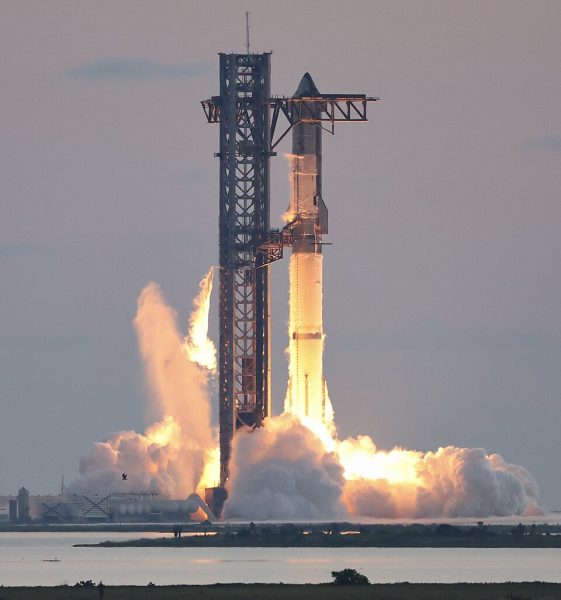Antimatter: The Future of Propulsion or Expensive Waste?
Source: Star Treks fan site, https://www.startrek.com/article/eaglemoss-uncloaks-two-new-enterprise-models
If you’ve watched Star Trek, you’d know that the United Space Ship (USS) Enterprise achieves faster than light travel by smashing together matter and anti-matter to create nearly infinite explosions of energy. Scientists are now exploring the same thing, and they have made fascinating new discoveries that could change our world.
Matter is defined as anything that has mass and takes up space. Matter is made up of tiny particles called quarks (hadrons), leptons, and bosons. The proton and neutron are both Hadrons, the electron is a Lepton, and the photon is a Boson. The anti-particles that make up the anti-matter are (to name a few) the antiproton, anti neutron, and the positron (corresponding to the proton, neutron, and electron, respectively.) Matter and antimatter collisions happen throughout the vacuum of space, multiple times every second, releasing energy. This process has been going on since the beginning of time, with matter-antimatter pairs annihilating each other. Scientists plan to try and create antimatter in things called particle decelerators (yes, these are the opposite of particle accelerators). They then plan to “capture” the antimatter before it interacts with any matter (therefore blowing up) by using a magnetic field to “imprison” the particle.
Pros:
The biggest pro in using antimatter propulsion would be the fact that, if we could achieve it, we could go at 10-20% of the speed of light. To put that into context, a rocket that we have today would take about 150,000 years to get to the nearest star, Proxima Centauri. With antimatter propulsion, the journey would take 10-40 years. That’s 10,000 times faster than what we have today. Just one gram of antimatter is enough to create as much energy in a nuclear explosion. In that perspective, we only need an amount that will fit into a kettle to eliminate an enemy nation in its entirety.
Cons:
Antimatter is rare. Very rare. As far as scientists know, there is almost no antimatter that exists in the universe, and no one knows why. Scientists at laboratories like CERN (Conseil Européen pour la Recherche Nucléaire, which means European Counsel for Nuclear Research) have created small amounts of antimatter, and have been able to keep them stable for short spans of time now. However, I do mean small, because in total, scientists have only created 18 nanograms (a nanogram is 1/1,000,000,000 of a gram). Along with being infuriatingly rare for scientists, it is also impractically expensive. Creating one gram of positrons would cost near $20 billion. Oh, and there’s another bad thing. If mishandled and allowed to collide into matter, the antimatter would essentially blow everything apart, which is not very good for spaceships.
Final thoughts:
Antimatter propulsion, while allowing us to travel at respectable portions of the speed of light, is impractical. The rarity, cost, and risks of using antimatter make it best for science fiction writers, not deep space explorers. However, there is another option, that allows us to go faster than the speed of light, the Alcubierre Warp Drive, which works by bending space in front of a spaceship and by expanding space behind it.
To learn more about Alcubierre Warp Drives, checkout the links below.
RELATED STORIES:
https://www.popularmechanics.com/science/a32449240/nasa-warp-drive-space-time/
https://www.sciencefocus.com/news/faster-than-light-travel-is-warp-drive-really-possible/
https://home.cern/science/physics/antimatter
https://www.symmetrymagazine.org/article/april-2015/ten-things-you-might-not-know-about-antimatter










